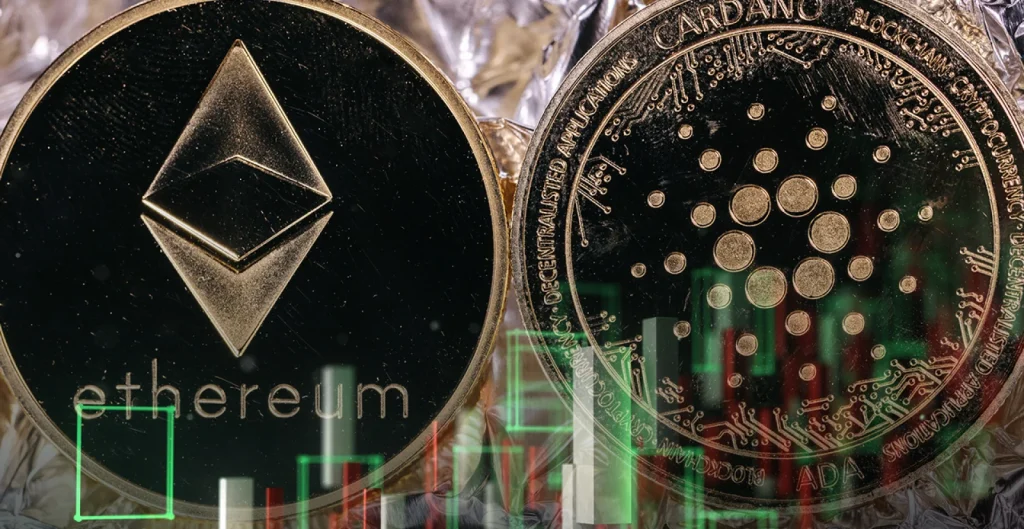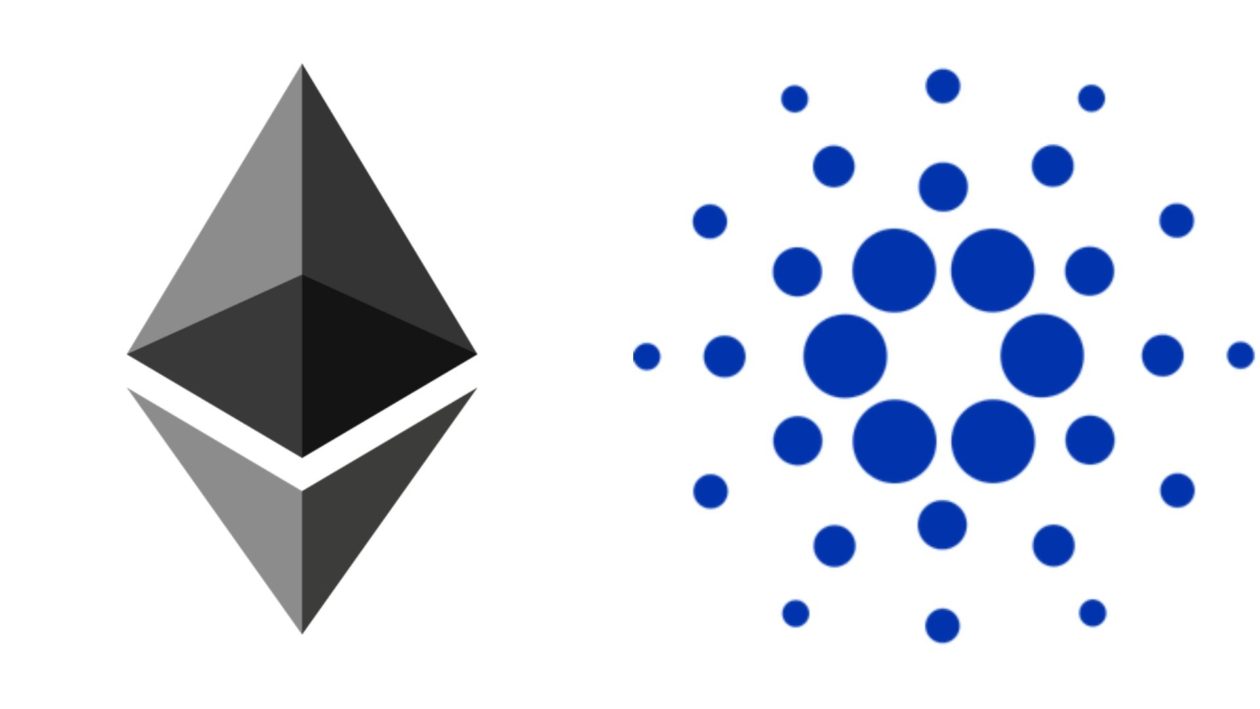In the rapidly evolving world of cryptocurrencies, interoperability between different blockchain ecosystems has become a key focus for developers and investors alike. The need to bridge the gap between different protocols has led to innovative solutions that enable cross-chain transactions, enhancing the flexibility and utility of digital assets. One such innovation is ADA20, a token standard designed to bring Cardano, one of the most promising blockchain platforms, closer to Ethereum’s widely used ERC-20 standard. In this article, we will explore what ADA20 is, its significance, and its potential impact on the broader crypto ecosystem.
Understanding ADA20: A New Token Standard
What is ADA20?
ADA20 is a token standard that facilitates the seamless transfer and utilization of assets between the Cardano and Ethereum blockchains. It is essentially a bridge that allows tokens native to the Cardano blockchain to be converted into an ERC-20 compatible format. This enables these tokens to be used within the Ethereum ecosystem, opening up new possibilities for decentralized finance (DeFi), decentralized applications (dApps), and other blockchain-based services.
Why ADA20 Matters
The introduction of ADA20 is a significant milestone in the quest for blockchain interoperability. Cardano, with its advanced proof-of-stake (PoS) consensus mechanism and focus on scalability, has been gaining traction as a leading blockchain platform. However, Ethereum remains the dominant force in the DeFi space, with thousands of dApps and a vast user base. ADA20 aims to bridge the gap between these two ecosystems, allowing Cardano-based assets to tap into Ethereum’s extensive infrastructure and vice versa.
The Mechanics of ADA20: How Does It Work?

Token Conversion Process
The core functionality of ADA20 lies in its ability to convert Cardano-native tokens into ERC-20 tokens. This process typically involves a smart contract on the Cardano blockchain that locks the original token and then mints an equivalent ERC-20 token on the Ethereum blockchain. This ERC-20 token, known as ADA20, can then be used across Ethereum’s ecosystem, including in DeFi protocols, NFT marketplaces, and more.
Smart Contract Integration
Smart contracts play a crucial role in the ADA20 system. On Cardano, the smart contract ensures that the original token is securely locked, preventing double-spending or misuse. On Ethereum, a corresponding smart contract mints the ADA20 tokens and manages their circulation. This dual-contract system ensures that the supply of ADA20 tokens is always backed by an equivalent amount of the original Cardano tokens, maintaining the integrity and value of the assets.
Redeeming ADA20 Tokens
When users want to convert their ADA20 tokens back to the original Cardano tokens, the process is reversed. The ADA20 tokens are sent to a burn address on Ethereum, effectively removing them from circulation. The smart contract on Cardano then releases the locked tokens, making them available for use on the Cardano blockchain once again. This ensures a seamless flow of assets between the two blockchains, with minimal friction for the user.
Benefits of ADA20: Unlocking New Opportunities
1. Enhanced Liquidity
One of the primary benefits of ADA20 is the enhanced liquidity it brings to Cardano-based assets. By converting these assets into ERC-20 tokens, they can be traded on Ethereum’s vast array of decentralized exchanges (DEXs) and liquidity pools. This opens up new opportunities for investors and traders, who can now access a broader market with greater ease.
2. Expanded DeFi Access
Decentralized finance (DeFi) has been one of the most significant drivers of growth in the crypto space, with Ethereum at the forefront of this movement. ADA20 allows Cardano-based assets to participate in Ethereum’s DeFi ecosystem, unlocking a wide range of financial services, including lending, borrowing, yield farming, and more. This cross-chain compatibility significantly enhances the utility of Cardano tokens.
3. Increased Use Cases
Beyond DeFi, ADA20 tokens can be used across various dApps on the Ethereum network. This includes everything from gaming and virtual worlds to supply chain management and digital identity solutions. By bridging Cardano and Ethereum, ADA20 effectively expands the use cases for Cardano-based assets, making them more versatile and valuable.
4. Improved Interoperability
Interoperability is a key challenge for the blockchain industry, with each platform often operating in isolation. ADA20 represents a significant step towards breaking down these silos, allowing assets to move freely between Cardano and Ethereum. This improved interoperability could pave the way for a more connected and cohesive blockchain ecosystem, where users and developers can seamlessly interact with multiple platforms.
Challenges and Considerations
1. Security Concerns
While ADA20 offers many benefits, it also introduces potential security risks. The reliance on smart contracts means that any vulnerabilities in the code could be exploited by malicious actors. Ensuring the security of these contracts is paramount, as any breach could lead to the loss of assets or other adverse outcomes. Thorough auditing and continuous monitoring are essential to mitigate these risks.
2. Transaction Costs
Another consideration is the transaction costs associated with using ADA20 tokens. Ethereum’s network, while powerful, is notorious for its high gas fees, particularly during periods of high demand. Users converting Cardano tokens to ADA20 and using them on Ethereum may face significant costs, which could impact the overall utility and appeal of the token.
3. Regulatory Implications
As with all cross-chain solutions, ADA20 raises regulatory questions. Different jurisdictions may have varying rules regarding the use and transfer of digital assets, and the introduction of a new token standard could complicate compliance. Both developers and users need to be aware of the legal landscape and ensure that they are operating within the bounds of applicable regulations.
The Future of ADA20: A Gateway to a Multi-Chain World

Driving Innovation
ADA20 is more than just a token standard; it is a gateway to a multi-chain future. By enabling seamless interaction between Cardano and Ethereum, it fosters innovation and collaboration across the blockchain space. Developers can leverage the strengths of both platforms, creating hybrid solutions that are more powerful and flexible than ever before.
Potential for Expansion
While ADA20 currently focuses on bridging Cardano and Ethereum, the underlying concept could be expanded to include other blockchain platforms. As the demand for cross-chain compatibility grows, we could see the emergence of similar token standards that connect even more ecosystems, further blurring the lines between different blockchains.
Wider Adoption
For ADA20 to realize its full potential, it needs to achieve widespread adoption. This will require collaboration between developers, businesses, and the broader crypto community. As more projects begin to integrate ADA20, we could see a significant shift towards a more interconnected and interoperable blockchain environment.
ADA20 represents a crucial step forward in the quest for blockchain interoperability. By bridging the gap between Cardano and Ethereum, it unlocks new opportunities for liquidity, DeFi participation, and cross-chain innovation. While challenges remain, the potential benefits of ADA20 make it a promising development for the future of decentralized technology.
As the blockchain space continues to evolve, solutions like ADA20 will be essential in driving the next wave of growth and adoption. Whether you are a developer looking to build on multiple platforms or an investor seeking to diversify your portfolio, ADA20 offers a glimpse into the future of a more connected and versatile crypto ecosystem.

